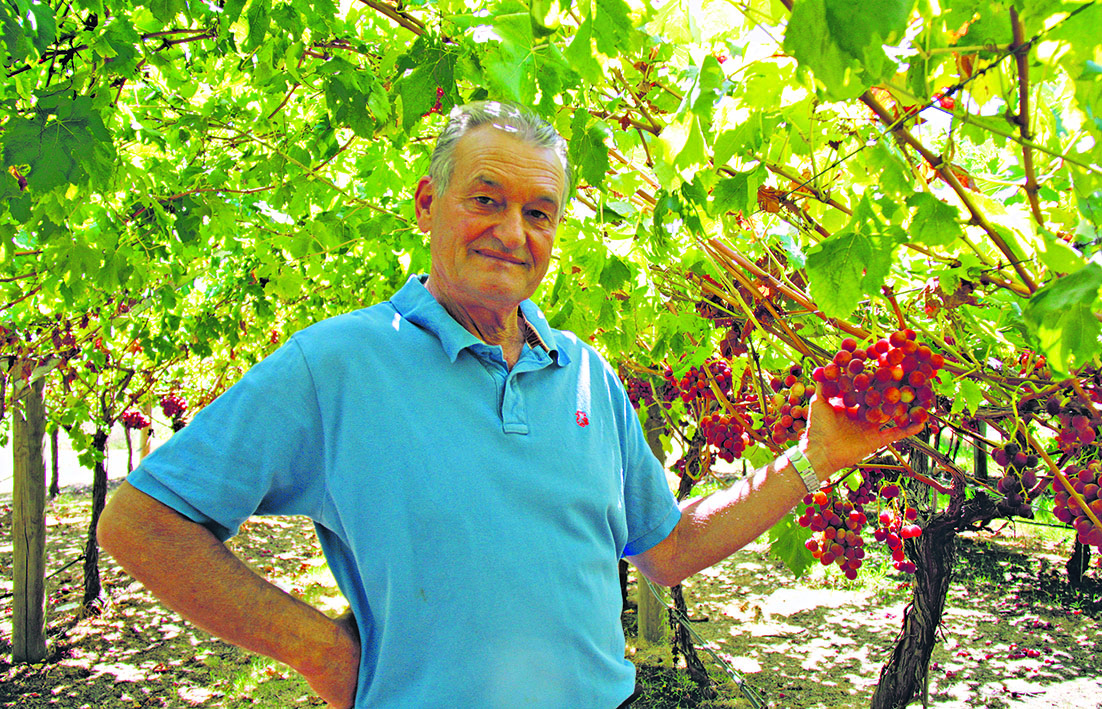
IF an outbreak of Queensland fruit flies were to happen, it’s probably good that it happened now, says Caversham grower Matt Katich.
Following a recent detection of the damaging fruit fly in Bayswater, the Swan Valley was named as part of the broader buffer zone, requiring growers to take action and ensure the pest doesn’t spread further.
While the alert was worrying at first, Mr Katich said growers would have been in greater trouble earlier in the season which generally runs from late December to mid-April.
“We are towards the end now, about 90 to 95 per cent of our grapes have already been harvested,” he said.
“If [detection] was to occur at the beginning of the season it would be a huge drama, it would be quite problematic.”
Table grape growers like Mr Katich and other viticulturalists in the Swan Valley are within the export assurance zone, so requirements for the management of Qfly host fruit in the area are less stringent than the 1.5km area surrounding the Bayswater detection point.
In the export assurance zone commercially grown Qfly host fruit cannot move either within the quarantine area (QA) or outside the QA unless it is treated.
Mr Katich said operations had changed minimally as the Department of Primary Industries and Regional Development’s (DPIRD) Qfly management outlined the requirement for baiting and cold storage which was part of most local grower’s standard practice.
“We do baiting already… nothing has changed and we are cold storing our fruit,” he said.
“For growers we are already following normal vineyard hygiene – that is why it takes off in the suburbs because people have fruit trees and people tend not to take care of these things.”
In a list of steps to reduce the risk of Qfly infestations in backyards DPIRD instructed residents to keep an eye on their fruit trees, vegetable garden and ornamental host plants, pick up and dispose of fallen fruit, use netting to cover fruit trees and report a suspected Qfly via the pest and disease information service.
For a map, information on movement, treatment and disposal requirements and to stay up to date with the Qfly biosecurity response visit the DPIRD website.